Tracking the changing face of beauty
Updated: 2016-11-04 13:00
By Sophie He(China Daily USA)
|
|||||||||
Beauty giant Estee Lauder wants to reap the benefits of Chinese shoppers chasing cosmetics, Asia-Pacific Region President Fabrice Weber tells Sophie He.
The insatiable appetite of Chinese consumers for beauty products and the growing popularity of applying makeup has ignited the Estee Lauder Companies, who is well-positioned to adapt and capitalize on growth, its Asia-Pacific Region President Fabrice Weber says.
Asian women, in particular Chinese women, are now hankering for more beauty products, and Estee Lauder is working tirelessly to capture opportunities in the Asian market, Weber tells China Daily.
While South Korean and Japanese consumers are known for being knowledgeable and willing to spend on beauty products, Chinese shoppers are now quickly following in their footsteps, he says.
"I think we are in a strong position as Chinese consumers are going in the same direction (as South Korean and Japanese consumers). We see a lot of interest in beauty. So far it's mostly in skin care, but now we see makeup and fragrances becoming very meaningful and we're capturing that opportunity."
There are more than 25 brands under the Estee Lauder Companies umbrella, with about 15 of those currently in the Asia-Pacific, including Estee Lauder, La Mer, Clinique, Jo Malone and Origins. Weber says all of its larger brands are available on the Chinese mainland and in Hong Kong.
Chasing beauty
The sudden rise in demand of skin care, makeup and fragrances is a new trend in the region, says Weber.
He explains that traditionally in Asia, the fragrance market is small, with the makeup market in China also being a minor player. Chinese women in general are very concerned about nourishing, moisturizing and protecting their skin. In certain cities, consumers are focusing more on aging skin, but not so much the idea of beautifying themselves through foundation, lipstick, mascara or eye shadow.
But this situation is changing very fast, Weber says, partly due to the rise of social media.
"In China we are seeing more appetite for women to enhance themselves through makeup, and social media is accelerating this kind of change."
Makeup allows for instant visualization and gratification, but for skin care, Weber says while some would argue there is improvement, it's not a spectacular transformation.
Social media is playing a huge role in Chinese consumers, especially millennials, who are becoming more accustomed to makeup as it trends online. This can be seen on instant messaging apps such as WeChat and also on platforms including Weibo - people are plucking up the courage to apply makeup on their faces, Weber says.
"We see the trend not just in first- and second-tier cities, but also in third-tier cities in China, which tells us that the future will be bright. The market for makeup is quite small now, but consumers are now using makeup and foundation every day, and using lipstick every day - there is a lot of potential there."
The firm has MAC, Bobbi Brown and other makeup brands to capture the growing needs for makeup on the Chinese mainland. For skin care, luxury brand La Mer is also launching foundation products.
The current trend in fragrances on the mainland also presents some interesting opportunities for the group, Weber says. A growing number of people are now using fragrances daily, which may not have been acceptable in the past, he explains.
Chinese consumers immediately target higher-priced fragrances, which explains why brands including Jo Malone are performing well, Weber says, adding that Estee Lauder is investing heavily in this market.
He says Chinese consumers are now demanding multi-functional products, as younger customers lean toward their skin care and makeup rolled into one product. Many people are chasing one product which has the effect of a serum, moisturizing cream and sun protection factor, Weber says.
"We are recognizing the changes and embracing these changes."
People power
The power of celebrities and influencers is also altering the way Estee Lauder is marketing, Weber says. Nowadays, consumers are more likely to influence each other rather than brands swaying customers, so endorsements from celebrities on social media is playing a crucial role in spreading the word.
This means the company had to become a digital-first corporation, he says.
"We also have to understand our consumers, and they want to shop at multiple channels today."
The days of consumers going to a department store just to buy beauty products are no longer, Weber says. Now, shoppers will still go to department stores and other specialty stores such as Sephora before they check prices online. This mentality helps brands, he explains, as it means consumers are more engaged and loyal.
"So we need to be where our consumers want to shop. Today on the Chinese mainland, consumers want to shop online."
Weber said the company has brand sites on Alibaba's online platform Tmall, where it sells to 650 cities on the mainland.
"We realize that there are consumers everywhere and they can't all shop in our stores this is just the beginning of what will become the new world."
Estee Lauder remains committed to its breast cancer awareness campaign, launched in 1992 by Evelyn H. Lauder - the daughter-in-law of the company's matriarch, Estee Lauder. She is widely credited as the creator of the Pink Ribbon campaign, which became synonymous with breast cancer awareness around the world.
Weber says the company reminds consumers through social media and other digital platforms about the importance of getting their breasts checked by a doctor at least once a year, as early detection is vital in fighting the disease.
"We know that early detection can save lives and promoting that message is key. Fifteen of our brands sell products to raise money to support breast cancer research."
Contact the writer at sophiehe@chinadailyhk.com
(China Daily USA 11/04/2016 page6)
- Summit of Climate Conscience kicks off in Morocco
- British Airways announces special fares for New Year
- S. Korean president says to accept investigation over scandal if necessary
- Names of twin panda cubs born in Austrian zoo revealed
- May's Brexit plans thrown into chaos by landmark court ruling
- Syrian army announces 'humanitarian pause' on Friday
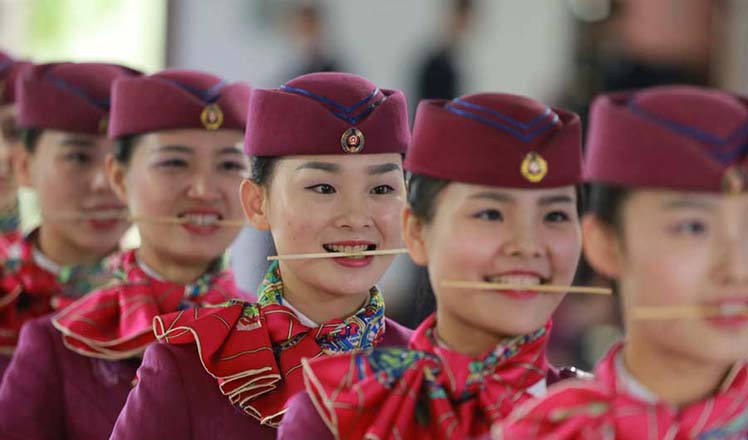
 Ten photos from around China: Oct 28- Nov 3
Ten photos from around China: Oct 28- Nov 3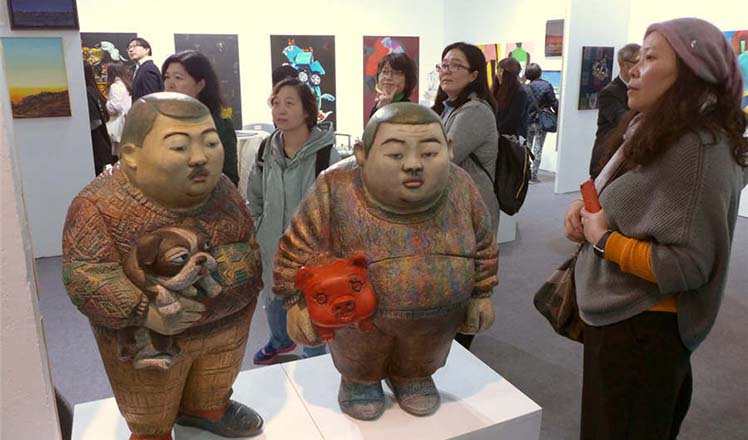
 Shanghai Art Fair connects people with art in daily life
Shanghai Art Fair connects people with art in daily life
 Chinese captain takes off at Air Show China in Zhuhai
Chinese captain takes off at Air Show China in Zhuhai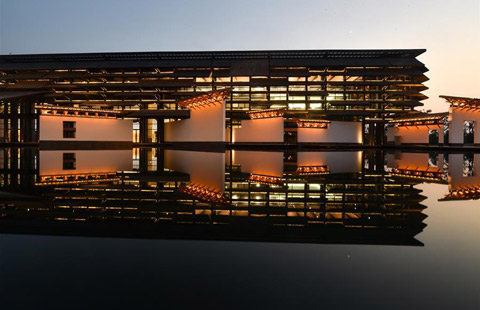
 Wuzhen Internet Intl Conference Center under preparation for 3rd WIC
Wuzhen Internet Intl Conference Center under preparation for 3rd WIC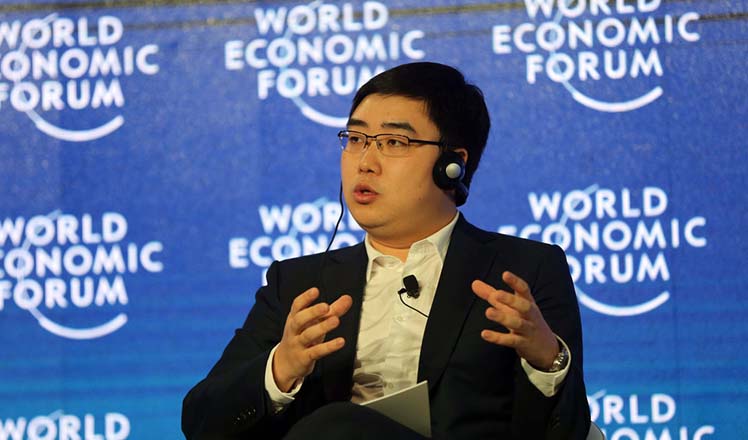
 China's top 10 post-80s self-made billionaires
China's top 10 post-80s self-made billionaires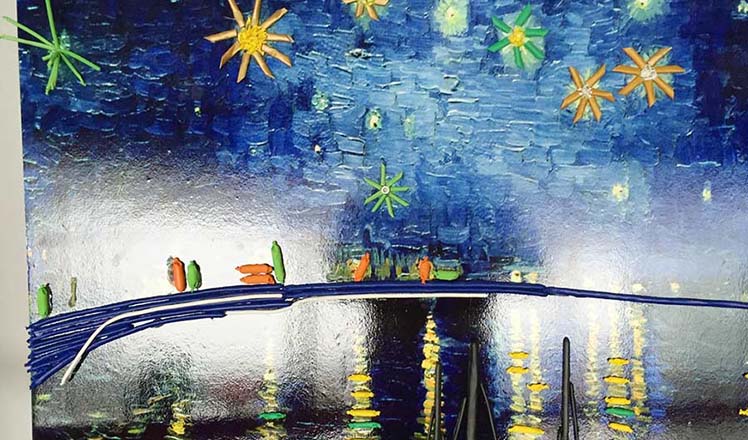
 Famous paintings recreated with chocolate
Famous paintings recreated with chocolate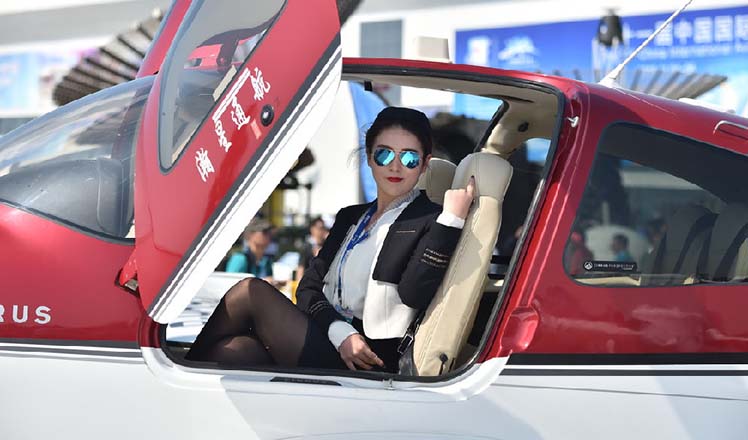
 Looking for a ride?
Looking for a ride?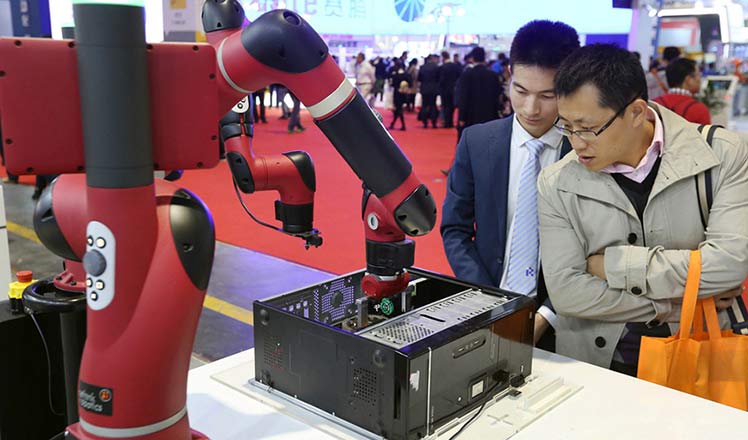
 Robots draw people to China International Industry Fair
Robots draw people to China International Industry Fair
Most Viewed
Editor's Picks

|

|

|

|

|

|
Today's Top News
US election rhetoric unlikely to foreshadow future US-China relations
'Zero Hunger Run' held in Rome
Trump outlines anti-terror plan, proposing extreme vetting for immigrants
Phelps puts spotlight on cupping
US launches airstrikes against IS targets in Libya's Sirte
Ministry slams US-Korean THAAD deployment
Two police officers shot at protest in Dallas
Abe's blame game reveals his policies failing to get results
US Weekly

|

|









